
Kara Melmed, MD, emphasizes the critical importance of rapid, team-based intervention for intracerebral hemorrhage (ICH) patients, with pharmacists playing a key role in blood pressure management.

Kara Melmed, MD, emphasizes the critical importance of rapid, team-based intervention for intracerebral hemorrhage (ICH) patients, with pharmacists playing a key role in blood pressure management.

Pharmacists are essential navigators in the complex landscape of gene therapy.
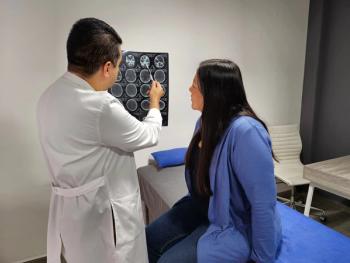
Kayla Johnson, PharmD, BCPS, BCPP, highlights how integrating pharmacists into neurology clinics drives significant cost savings, high intervention acceptance rates, and improved care coordination.

Enriqueta Felip, MD, PhD, discussed the benefits of subcutaneous pembrolizumab for patients with metastatic non–small cell lung cancer.
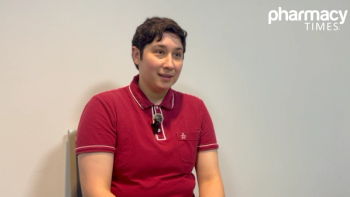
Stephanie Miller, PhD discusses how artificial intelligence can revolutionize medical research by assisting in drug development and potentially providing more targeted treatments across various diseases.

Scott Soefje, PharmD, MBA, BCOP, FCCP, FHOPA, offers insights for oncology pharmacists treating patients with metastatic esophageal squamous cell carcinoma.

Scott Soefje, PharmD, MBA, BCOP, FCCP, FHOPA, discusses a case study of a patient with metastatic esophageal squamous cell carcinoma.

Glucagon-like peptide-1 (GLP-1) analogs demonstrate potential to address multiple pathological processes in Alzheimer disease, with promising early research suggesting cognitive improvements and potential for future treatment.

Andrew Charles, MD, outlines why calcitonin-gene-related peptide (CGRP) antagonists are increasingly favored as first-line migraine treatments and how pharmacists play a key role in patient education and support.

A study led by Kayla Johnson, PharmD, BCPS, BCPP found that integrating specialty pharmacists into non-multiple sclerosis (MS) neurology clinics led to significantly enhanced patient care and treatment outcomes.

Beth A. Malow, MD, MS, FAAN, said that pharmacists and health care professionals are at the frontlines of collaborating and raising awareness of climate change’s impacts.

Malow also emphasized the importance of staying educated on the potential neurological risks that may occur as a result of climate change.
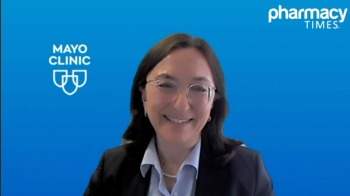
Nilufer Ertekin-Taner outlines how embracing the biological complexity of neurodegenerative diseases can guide the development of precision therapies akin to those used in oncology.
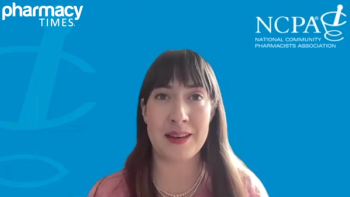
Similar legislation could also address PBM practices in commercial insurance.

The Protecting Pharmacies in Medicaid Act aims to tackle spread pricing, but other legislation could target different issues.

Anna Sophie Mueller, MD discusses how imaging could advance risk identification in cardiovascular care.
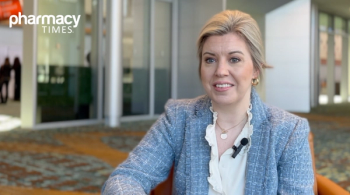
Expert shares insights on leadership resilience, emphasizing self-awareness, team development, and maintaining personal worth beyond professional achievements.

Pharmacists play a key role in COVID-19 management by educating patients on treatment, monitoring drug interactions, promoting vaccination, and addressing hesitancy.
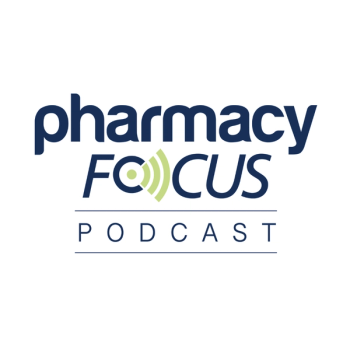
Experts discuss Project Lifeline’s integration of SBIRT in community pharmacies, highlighting its effectiveness in identifying and addressing opioid use disorder while exploring strategies for broader implementation.

Kaite Krell, MPH, discusses the critical role of independent pharmacies and how proposed legislation could address challenges with PBMs.

Expert emphasized the importance of mentoring pharmacy students, supporting diverse career paths, and advocating for the profession.
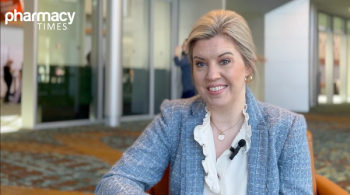
Expert explores the critical importance of emotional intelligence, work-life balance, and strategic leadership in pharmacy.
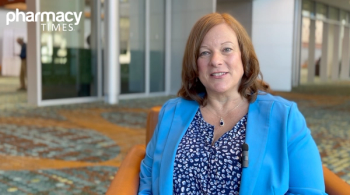
Community health workers improve patient care and address health care access gaps.

A district leader at CVS Health emphasizes that patients should get tested, be up to date with immunizations, and staying home and reach out to health care professionals when experiencing symptoms.

Helping patients adhere to their medications to manage their chronic kidney disease (CKD) and comorbidities is one of the key areas pharmacists should prioritize.

Pharmacy technicians can elevate their careers by developing leadership skills, pursuing specialized certifications, and embracing continuous professional growth.

Megan May, PharmD, BCOP, FHOPA, FAPO, discusses lurbinectedin and tarlatamab and what ongoing research in the small cell lung cancer (SCLC) space entails.

The legislation is expected to improve the financial stability of independent and community pharmacies by ensuring fair reimbursement rates and allowing them to better manage their finances.
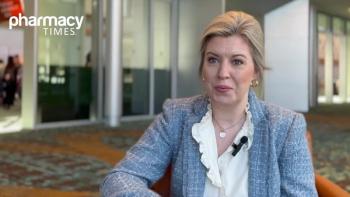
Expert offers insights into managing stress and preventing burnout in pharmacy leadership
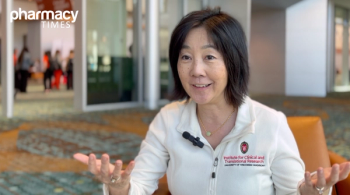
Automation can enhance medication management and support pharmacists' critical clinical roles.